TL;DR – I’m going to cook something from every country.
The Genesis of The Idea
Everyone loves a vacation. It is certainly one of my favorite things in the whole wide world. In my mind, I am super adventurous in the places I want to see and am a big-time world traveler. But the reality is that I am so much less than that and I barely ever get past the idea stage. The romanticism of taking a world adventure sounds fantastic in my head, but then I think about stupid stuff like…having money to do it. I do love going somewhere new to explore and try new things, but I am also somehow left earthbound with practical and sometimes self-imposed roadblocks.
I went to Ireland with my sister over 15 years ago and have been talking about going back ever since. Every year, I find myself thinking that this will finally be the summer that I get to go back…maybe. But, it never happens and I just keep dreaming. This past year, my wife and I did get past the talking-about-vacation stage, and actually planned some things ahead of time, but the furthest we got for a world trip was Galena, IL.
Now, not that there is anything wrong with Galena! It is a fine place visit, has great history, and scenery (I still need to share some pictures from there), and I intend to go back…likely several times…but it isn’t quite Ireland, or Norway, or Laos is it? There is always a deeper hunger to travel someplace really far away, take some time to live in someone else’s shoes; see their part of the world and appreciate the things that they see every day. Like…food. I do love food. Perhaps there is some way to see and experience another part of the world, without actually going anywhere. The answer was obviously through eating! This idea started formulating in my brain well over a year ago, but took until now to turn into a full plan. Yeah, I am a little slow.
I have always loved to cook but I get bored with the same old things, so I don’t do it as often as I would like. In order to keep myself interested, my original idea was to take a cookbook and go through the whole thing, making every dish as described. But then I thought of Julie & Julia and about 17,000 other blogs and decided that concept had probably been done to death. Plus I couldn’t decide on a cookbook that would hold my interest without getting bogged down in doing 11 versions of tuna casserole or 83 ways to cook lima beans, yes, that is an actual cookbook.
The Almost Trip
So this quasi-ambitious thought just kinda sat in the back of my head and I kept revisiting it now and then to see if I would actually do something about it. Sometime this past month, in between Christmas revels, I got one of those promotional emails, that I usually ignore, from Scientific American (great publication…you should read it!). The email was about their summer Bright Horizons 38 science cruise where you could learn about cool science stuff while going to visit extra-cool history stuff! This sounded very interesting, so I read on. 13 days of a cruise starting in Amsterdam, then Dover, then to Scotland; Inverness, Glasgow and Edinburgh on to Belfast, Liverpool, then Dublin.
Are you kiddin’ me? I could learn great information, see incredible places, and get to try all kinds of great food in these places. This sounded like my kind of trip, a cruise that I don’t have to plan. I could try haggis and real shepherds pie!
I clicked on the booking and estimating tool.
- Number of passengers? 2, because wife.
- Cabin type? Sunset Verandah vs. Interior, because I’m not a complete animal!
- Attending Seminars? Yes, because science.
- Nights in Hotel Before and After? Well…I want to be cheap, but it makes sense to take 1 night each to prep and recover respectively.
- Calculate price? Yes please…click.
- $13,708…food not included, and I still would need to book flights to Amsterdam.
My scientific shepherds pie and historical haggis dreams died a swift and painful death with that simple mouse click. I am WAY too cheap to be paying that much for a vacation. It brought me back to reality on booking big trips, but it did start me thinking about grouping travel differently, and looking at a couple travel plan websites I never saw before. A few mental detours later, I came up with a new idea for world travel, that while much less science-y and tactile, would be a whole lot cheaper to pull off.
The Flight Plan
If I “can’t” fly to visit Ireland, Scotland and the others, maybe I could at least eat some food from there. Every great journey begins with a single step, and I began by stepping into my kitchen to grab a cookbook. The trip was short because I didn’t really find much listed in the index under “Irish”, so I went back to the web and started doing some research. In no time, I found a slough of recipes from Ireland, Scotland, Netherlands, and more. But, I didn’t really have it organized in any meaningful way. Perhaps it would make sense to organize the recipes as if visiting different regions on an actual trip! That’s when I went back to the flight planning web sites and mapped out a 10 city trip. But why stop at 10 cities? I got ambitious and plugged a bunch more info into a nifty site and started plotting a semi-logical, country hopping flight path. Eventually, I had a daunting, glorious, utterly implausible, chain of stops across ALL the countries in the world.
Some of these countries obviously have more regions, more people and more cuisines than others, so we couldn’t just make one stop in places like, France, Italy, China and India. It was pretty clear we’d have to have multiple stops in quite a few places. I added a few extra hops to pick up additional regions and by the time I was done, I had a total of 262 entries in my increasingly detailed Excel spreadsheet. Just for fun, I used the site to estimate the cost for two plane tickets to all these places. I think it is safe to say that the rough cost of $170,000 was a bit out of reach, but imagine how many ingredients that could buy! For now, I’ll stick with my imaginary world trip through cooking.
The Rules…sort of
I know that I’ll never be able to do justice to the food for people that know better, but it would be an adventure to try! There needs to be a few basic ground rules, and I’m sure to make some of this up as I go, but here we go.
- Make at least one thing from every country.
- If possible, make things that might go together in a meal.
- Add more meals or “stops” where needed to cover cool stuff.
- Follow a path that would make a logical trip from country to country.
- This is relative and I’m going for best effort.
- I’ll bounce back and forth a little bit to make it varied.
- Be brave!
- If I can get adventurous ingredients, I will use them.
- Even consider using mushrooms.
- Try to go traditional instead of cliche.
- This might be a little hard, some cultures have ancient traditions and some are more recent. I’ll try to pick good representatives.
- Sometimes things are cliche because they are good!
- I will do a bunch of research (can we say Google?), but I’ll try to be quick too. Otherwise, I know I’ll get bogged down in searches.
- Give credit
- I am sure others have done this before, so props to them!
- I will credit all the sources I can. I’m certainly not inventing this.
- Give it my best shot.
- I’m going to screw up these foods. But the adventure is in the attempt, and trying new things.
- I might not be able to get some of the exact ingredients, but I’ll get as close as I can.
- Realistically, I am going to tweak some ingredients and swap some stuff around. But I’ll try to keep it based on the real thing.
- No offense meant to any purists.
The Start of It
So, where to first? I am going to start where I would likely start a real world adventure, Ireland of course. It is also a good place to start for ingredient familiarity as well as realism. From there, I’ll hang around the British Isles for a bit, then swing across Iceland, Greenland and Canada before heading over to Russia.
I don’t have a fixed schedule, but I am going to try for at least one dish a week. Assuming my plan doesn’t break down somewhere that calls for seal meat or insects of some kind, I’m going to be at this for a while.
I know this project isn’t going to have a huge audience, and If you read this far, thanks Mom. I’ll keep you posted.
So now I’m off to the Emerald Island, for some Barmbrack and Dublin Coddle. Don’t know what that is? Tune in next week 😉
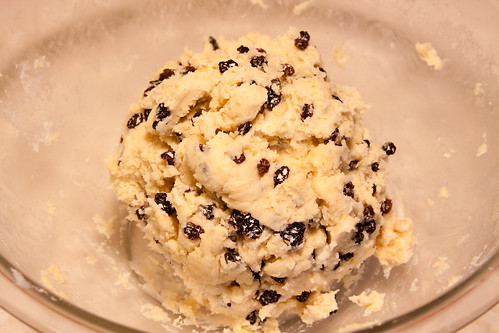
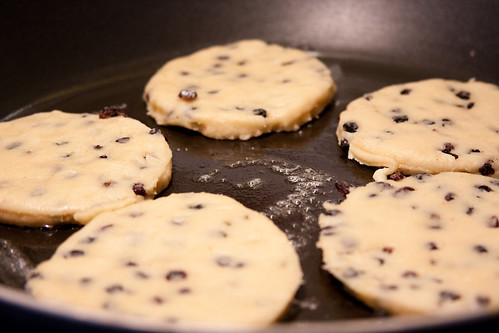

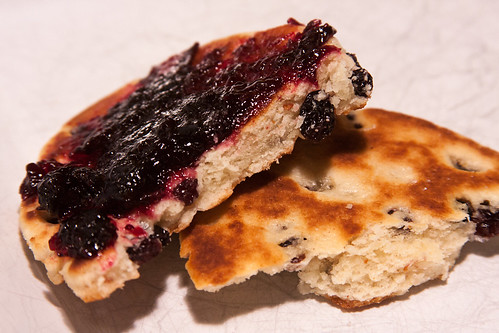





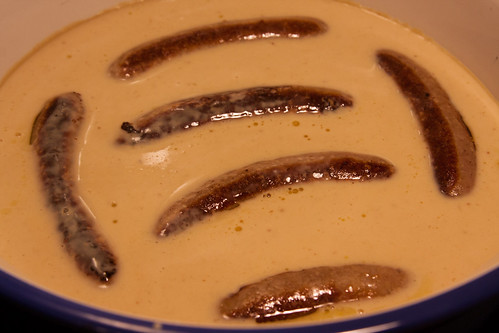

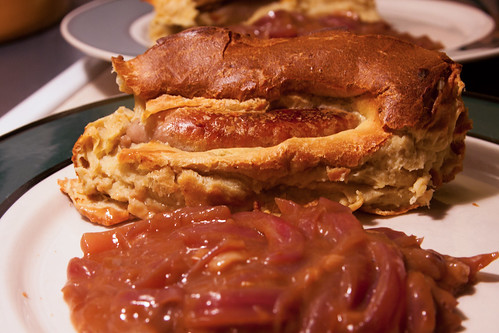

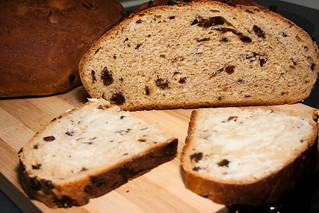
 RSS - Posts
RSS - Posts